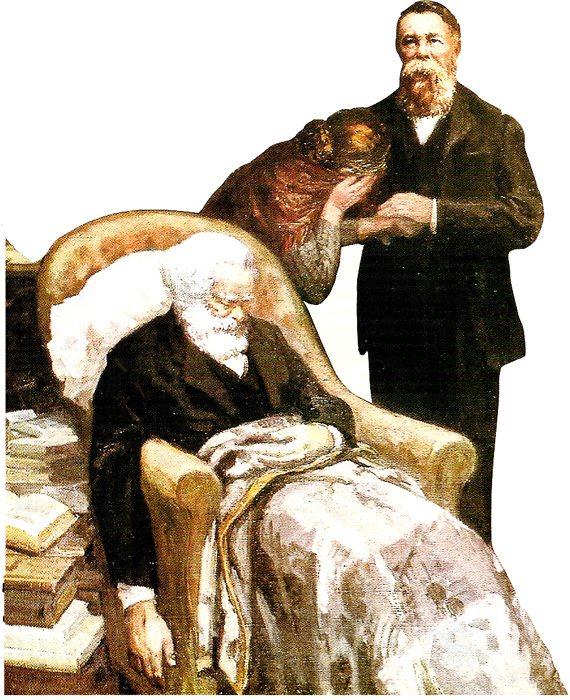Pi Day is celebrated by math enthusiasts ( read - lonely shut-ins) around the world on March 14th. Pi was first used as a mathematical symbol in 1706 by William Jones.
Albert Einstein's parents conveniently arranged for him to be born on Pi Day in 1879.
March 14, 1940 -
The first of the seven Bob Hope, Bing Crosby and Dorothy Lamour "Road" films, The Road to Singapore, premiered in NYC on this date.
After Fred MacMurray and George Burns turned down the chance to make this film, producer Harlan Thompson offered it to Bob Hope and Bing Crosby, whom he'd seen clowning on the Paramount lot and who it seemed to him got along well.
March 14, 1969 -
The Walt Disney studio put the film, The Love Bug, starring 'Herbie,' a loveable Volkswagen bug with a personality, into general release on this date.
Herbie got his name when the crew of the film was watching one of Buddy Hackett's skits about a ski instructor with a funny accent. Then Hackett said, "If you ain't got a herbie [pronounced hoy-bie], I ain't goin'." The name stuck.
(I'm out celebrating Pi Day today, so it's an abbreviated posting today)
Today in History:
March 14, 1794 -
Eli Whitney was granted a patent for the cotton gin on this date
While it is potable, gin flavored with juniper berries is still a better choice for a very dry martini.
March 14, 1883 -
The proletarians have nothing to lose but their chains
Karl Marx died of pleurisy in London on this date. While his original grave had only a nondescript stone, the Communist Party of Great Britain erected a large tombstone, including a bust of Marx, in 1954.
March 14, 1889 -
German Ferdinand von Zeppelin patents his Navigable Balloon on this date.
He did not speak with Paul von Hindenburg about it at the time.
Today on March 14 1932, one of the greatest notes was written:
George Eastman, the founder of Kodak Corporation, killed himself after a long illness on this date.
His suicide note states "To my friends: My work is done. Why wait?"
All in all, terse but to the point.
March 14, 1942 -
Mrs. Anne Miller was near death at New Haven Hospital, suffering from a streptococcal infection, before doctors Orvan Hess and John Bumsfield decided to use an experimental treatment - Penicillin, on this date. This was the first time penicillin was successfully used to treat a patient.
Although Dr. Alexander Fleming had proven that penicillin was an effective antibacterial in 1928, few doctors seemed interested in using the common mold as a medicinal tool. Supplies were limited at the time, nearly half of the total supply produced were used on Mrs. Miller. She survived, living to be 90 years old and penicillin became widely used.
As I am deathly allergic to the drug, this medical advancement is almost meaningless to me.
And so it goes.




No comments:
Post a Comment